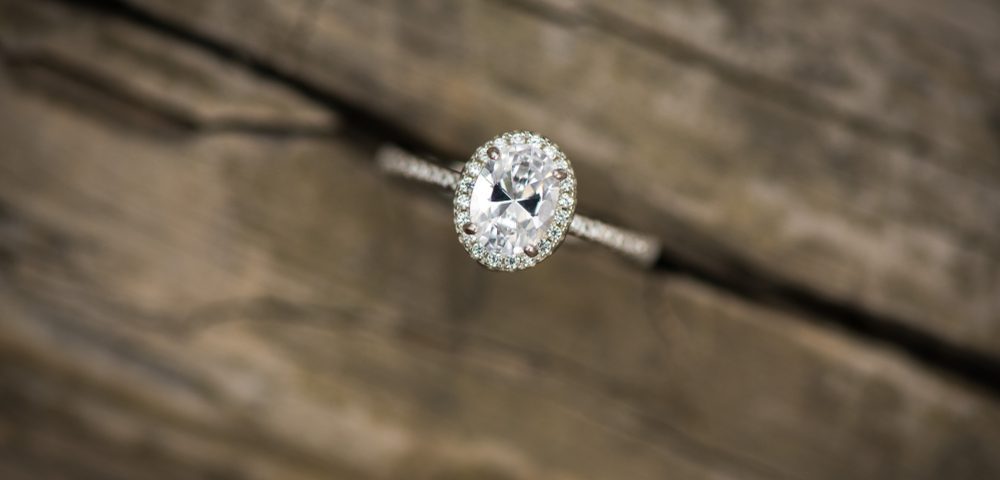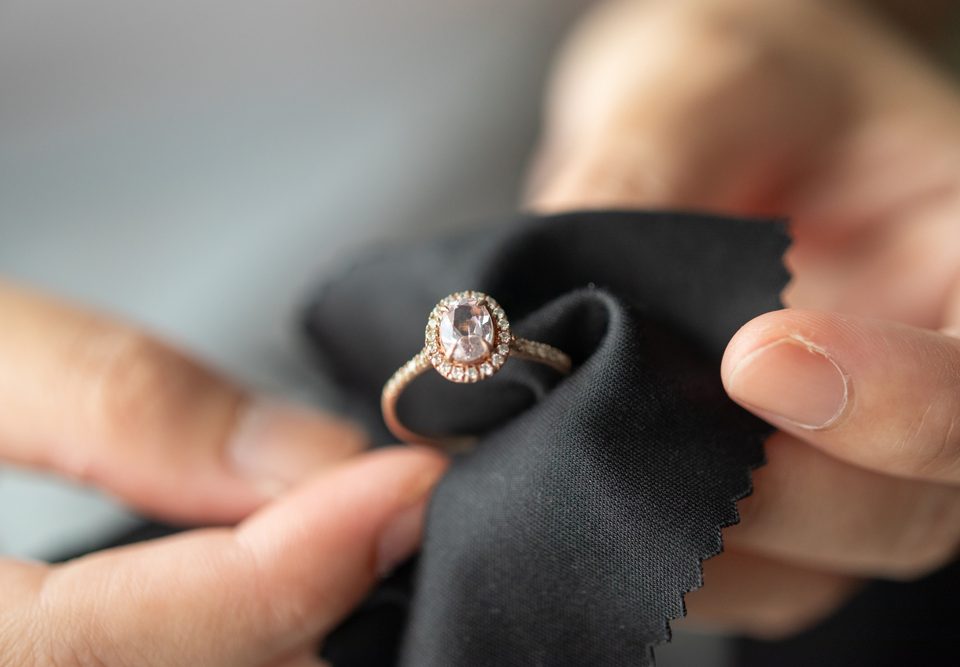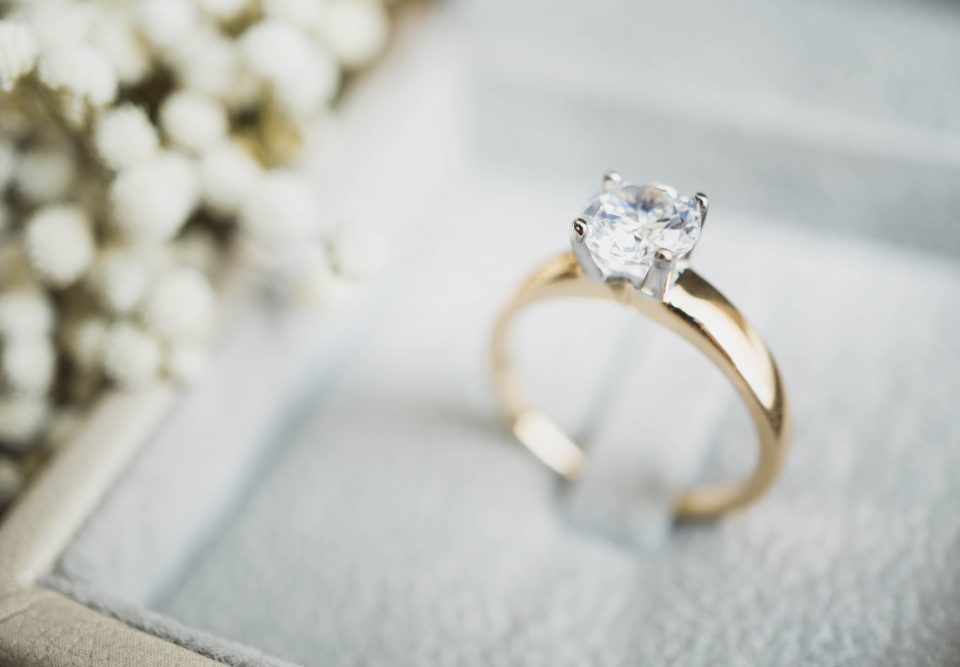- Quick contact:
- 801.359.2035
On Halo Settings for Your Diamond Engagement Ring

There are several factors that you’ll be considering when purchasing a diamond engagement ring, and one of them is the setting format used. Due to its immense popularity, a basic question you’ll often be asking yourself: Should I go with a halo setting, or a no-halo setting for a diamond engagement ring?
At AAA Jewelers, we’re here to provide a wide range of diamond engagement ring options, including the finest GIA diamonds you can find in Utah and numerous setting choices as well. What is the halo setting, why is it so popular, and what are some of its sub-categories? Here’s a general primer, plus some basics on how to decide whether a halo setting is a good choice for you and your significant other.
Halo Ring Setting Basics
When we talk about the halo setting for a diamond engagement ring, we’re referring to the circular design of the ring, which features a row or “halo” of smaller diamonds or gemstones surrounding an inner centerpiece. Halo diamond engagement rings are not only incredibly stylish and appealing to the eye, but they also provide one more layer of strength and durability due to their superior structure.
Halo rings have a long history, first originating in the Georgian era in all the way back in the 1700s. They have evolved in several ways since that time, including to several sub-categories we’ll go over in a minute.
One of the primary benefits of the halo setting: It can add a significant amount of perceived size to the diamond, including up to a full carat size addition in some cases. For those who want to get a stone that appears as large as possible, or are on a budget, then this can be an excellent option.
Another major benefit of the halo setting for engagement rings is its sophisticated look that makes it work well with any type of diamond shape. If you’re planning to get a round stone since many brides prefer them, then consider looking at our stunning collection of Round Halo diamond engagement rings by some of the top designers in Utah.
As we noted above, there are several varieties of halo setting used today. Our next few sections will go over the most popular options.
Classic Halo
The classic halo design includes a single row of paved diamonds set around the center diamond. It’s a popular choice for its elegant simplicity that works well with a wide range of center stone shapes and sizes.
This style is often complemented by a pave diamond band. This band allows for a seamless transition between the halo and the ring band itself, so that the two become one unified piece of jewelry.
Double Halo
For those looking to up the “wow” factor in their stone even further, the double halo setting provides an even more pronounced effect. Double halo diamond engagement rings usually feature two rows of pave diamonds surrounding the center diamond, and is a great choice for those who don’t want to go with a larger center stone since this makes it so you really only need a small one with a double halo design.
As you may have guessed, one of the primary benefits of the double halo is to increase the surface area of the center stone, which is a great option for those looking to get a larger centerpiece.
Double-Edge Halo
The double-edge halo is a slight alteration of the standard double halo, featuring the same two rows of pave diamonds — but one row surrounds the center stone facing upward, while the other lines the very edge of the halo and faces outward. This design allows for a maximum number of total diamonds to surround the center stone, adding an additional layer of brilliance and sparkle.
Triple-Edge Halo
The triple-edge halo takes that theme even further: Three rows of pave diamonds, with one facing up, another facing sideways, and yet another facing directly downward. This means that no matter which angle the stone is viewed from, the center diamond will still be at the very center of attention.
As you may have guessed, the triple-edge halo provides an even more sparkling and eye-catching center stone than its double or classic counterparts.
Halo Vs No-Halo Rings
As we noted above, halo ring settings have become enormously popular — so popular, in fact, that a standard decision within the diamond purchasing world is whether or not to use a halo setting. To be clear, this is a matter of personal preference; that said, there are some basic qualities of both halo and non-halo rings to consider.
Halo settings, for instance, are known for the way they accentuate the center diamond dramatically. If you’re looking for a stone which really demands attention, then the halo setting is an ideal option.
Conversely, non-halo settings do not add any extra sparkle or shine to the center diamond; on their own they tend to provide a subtler look. But there are still a huge variety of non-halo settings, including solitaire rings, three-stone rings, bezel-set center stone rings, and many more.
Your choice here will generally come down to how prominently you want the center stone to feature compared to other parts of the ring. If all you care about is the size and presentation of that center stone, there are few better ways than a halo setting to showcase it; if you want elements like the band and underside to also get some attention, though, you may consider going without a halo.
For more on choosing between the halo and no-halo setting for your diamond engagement ring, or to learn about any of our diamond jewelry or other products, speak to the staff at AAA Jewelers today.



